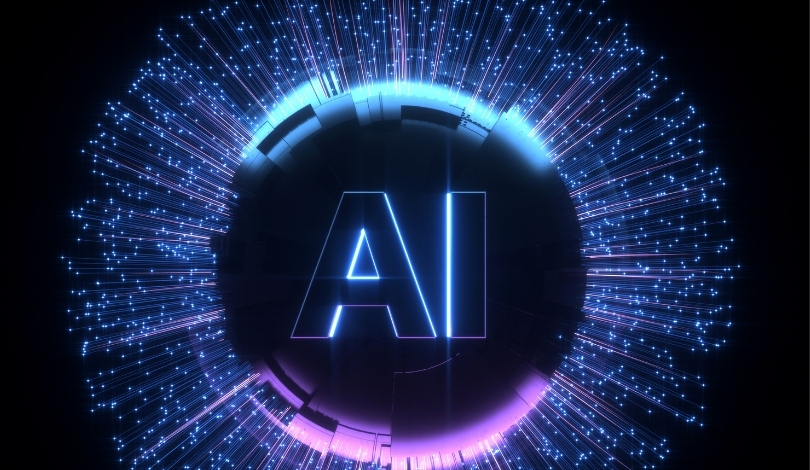Google has introduced DolphinGemma, an advanced AI model designed to interpret the complex vocal patterns of dolphins. This development marks a significant step towards understanding marine mammal communication. Beyond its scientific implications, DolphinGemma may pave the way for future interspecies dialogue technologies.
Efforts to decipher dolphin sounds have traditionally depended on extensive human analysis. The advent of DolphinGemma enhances these endeavors by offering an automated and scalable approach, building upon decades of foundational research conducted by the Wild Dolphin Project.
How Does DolphinGemma Analyze Dolphin Sounds?
DolphinGemma utilizes specialized audio technologies, including the SoundStream tokeniser, to efficiently process dolphin vocalizations. By feeding this data into a model architecture adept at handling complex sequences, the AI can identify recurring patterns and predict subsequent sounds, similar to how human language models operate.
What is the Role of the CHAT System?
The CHAT (Cetacean Hearing Augmentation Telemetry) system facilitates active, two-way interactions between humans and dolphins. By using synthetic whistles linked to specific objects, researchers aim to establish a shared vocabulary, enabling dolphins to request items through mimicry of the associated sounds.
How Does Google Pixel Facilitate Research?
Google Pixel smartphones play a crucial role in processing high-fidelity audio data in real-time within ocean environments. They enable the detection and identification of dolphin whistles amid background noise, allowing researchers to respond promptly and reinforce learned associations with specific objects.
“We are shifting from passive listening towards actively deciphering patterns, bringing the prospect of bridging the communication gap between our species perhaps just a little closer.”
This collaboration between Google and the Wild Dolphin Project leverages mobile technology to make significant strides in marine research. By releasing DolphinGemma as an open model, Google aims to empower researchers worldwide, enhancing the collective understanding of cetacean communications and potentially extending these advancements to other intelligent marine species.
- Google’s DolphinGemma AI deciphers dolphin vocal patterns.
- Collaborates with the Wild Dolphin Project for data analysis.
- Uses Google Pixel phones to facilitate real-time research.










